GPS or the Global Positioning System is a global navigation satellite system that provides Location, Velocity and Time Synchronization. The navigation system uses satellites, a receiver and algorithms to synchronize location, velocity and time data for air, sea and land travel.
The satellite system consists of a constellation of 24 satellites in Six Earth-centered orbital planes, each with four satellites, orbiting at 13,000 miles (20,000 km) above Earth and traveling at a speed of 8,700 mph (14,000 km/h).
While we only need three satellites to produce a location on earth’s surface, a fourth satellite is often used to validate the information from the other three. The fourth satellite also moves us into the third-dimension and allows us to calculate the altitude of a device.
Key Components of a GPS System
GPS is made up of three different components, called segments, that work together to provide location information.
The three segments of GPS are:- Space (Satellites) — The satellites circling the Earth, transmitting signals to users on geographical position and time of day.
- Ground control — The Control Segment is made up of Earth-based monitor stations, master control stations and ground antenna. Control activities include tracking and operating the satellites in space and monitoring transmissions. There are monitoring stations on almost every continent in the world, including North and South America, Africa, Europe, Asia and Australia.
- User equipment — GPS receivers and transmitters including items like watches, smartphones and telematic devices.
.png) HOW DOES IT WORK - GPS works through a technique called trilateration. Used to calculate location, velocity and elevation, trilateration collects signals from satellites to output location information. It is often mistaken for triangulation, which is used to measure angles, not distances.
HOW DOES IT WORK - GPS works through a technique called trilateration. Used to calculate location, velocity and elevation, trilateration collects signals from satellites to output location information. It is often mistaken for triangulation, which is used to measure angles, not distances.
As a device moves, the radius (distance to the satellite) changes. When the radius changes, new spheres are produced, giving us a new position. We can use that data, combined with the time from the satellite, to determine velocity, calculate the distance to our destination and the ETA.
Global Positioning System - USES
GPS is a powerful and dependable tool for businesses and organizations in many different industries. Surveyors, scientists, pilots, boat captains, first responders, and workers in mining and agriculture, are just some of the people who use GPS on a daily basis for work. They use GPS information for preparing accurate surveys and maps, taking precise time measurements, tracking position or location, and for navigation. GPS works at all times and in almost all weather conditions.
There are five main uses of GPS:- Location — Determining a position.
- Navigation — Getting from one location to another.
- Tracking — Monitoring object or personal movement.
- Mapping — Creating maps of the world.
- Timing — Making it possible to take precise time measurements.
Specific examples of GPS use cases include:
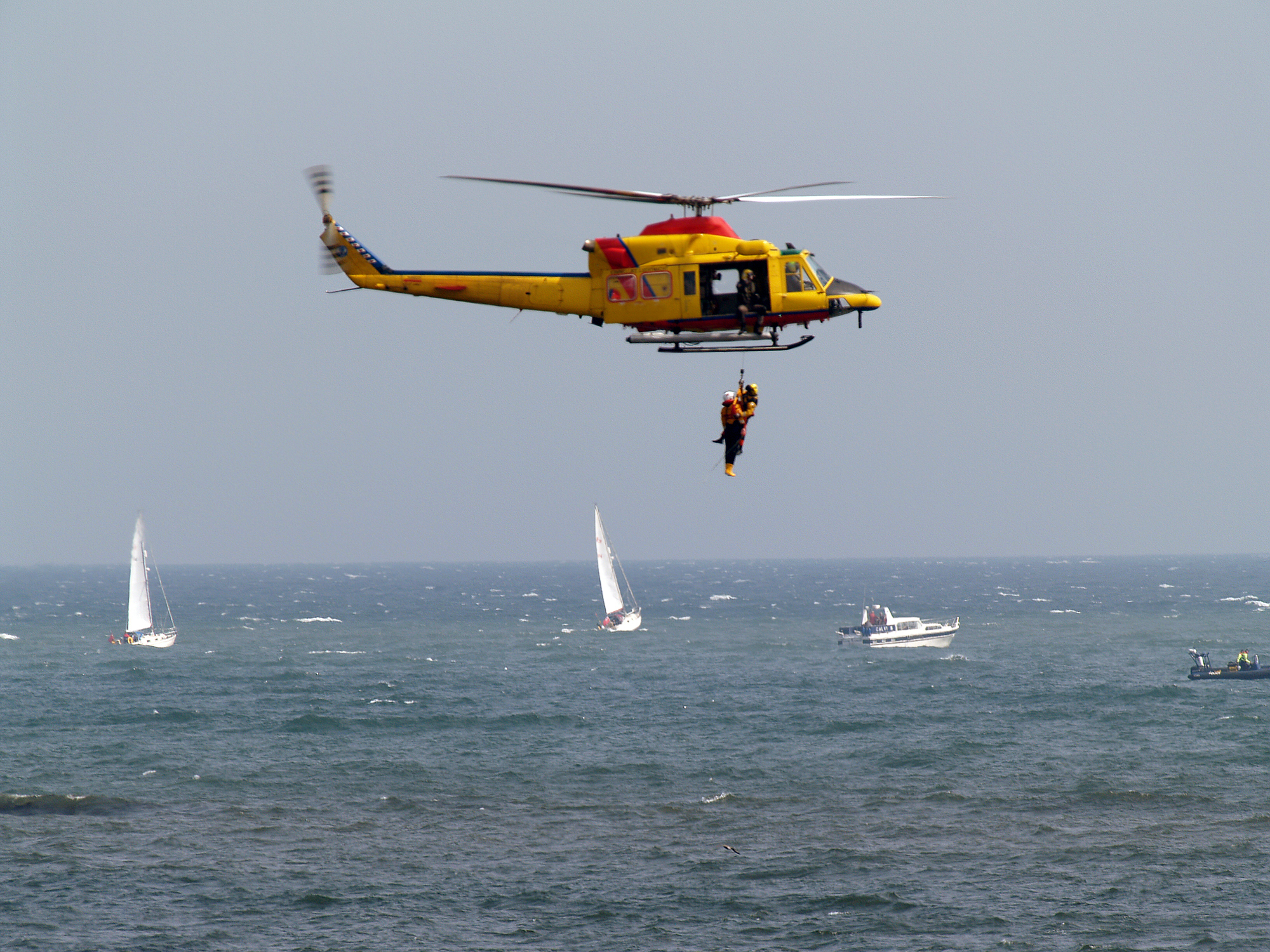 Emergency Response: During an emergency or natural disaster, first responders use GPS for mapping, following and predicting weather, and keeping track of emergency personnel. In the EU and Russia, the eCall regulation relies on GLONASS technology (a GPS alternative) and telematics to send data to emergency services in the case of a vehicle crash, reducing response time. Read more about GPS tracking for first responders.
Emergency Response: During an emergency or natural disaster, first responders use GPS for mapping, following and predicting weather, and keeping track of emergency personnel. In the EU and Russia, the eCall regulation relies on GLONASS technology (a GPS alternative) and telematics to send data to emergency services in the case of a vehicle crash, reducing response time. Read more about GPS tracking for first responders.- Entertainment: GPS can be incorporated into games and activities like Pokémon Go and Geocaching.
- Health and fitness: Smartwatches and wearable technology can track fitness activity (such as running distance) and benchmark it against a similar demographic.
- Construction, mining and off-road trucking: From locating equipment, to measuring and improving asset allocation, GPS enables companies to increase return on their assets. Check out our posts on construction vehicle tracking and off-road equipment tracking.
- Transportation: Logistics companies implement telematics systems to improve driver productivity and safety. A truck tracker can be used to support route optimization, fuel efficiency, driver safety and compliance.
Other industries where GPS is used include: agriculture, autonomous vehicles, sales and services, the military, mobile communications, security, and fishing.
GPS ACCURACY:
GPS device accuracy depends on many variables, such as the number of satellites available, the ionosphere, the urban environment and more. Some factors that can hinder GPS accuracy include:
- Physical obstructions: Arrival time measurements can be skewed by large masses like mountains, buildings, trees etc.
- Atmospheric effects: Ionospheric delays, heavy storm cover and solar storms can all affect GPS devices.
- Ephemeris: The orbital model within a satellite could be incorrect or out-of-date, although this is becoming increasingly rare.
- Numerical miscalculations: This might be a factor when the device hardware is not designed to specifications.
- Artificial interference: These include GPS jamming devices or spoofs.
Accuracy tends to be higher in open areas with no adjacent tall buildings that can block signals. This effect is known as an urban canyon. When a device is surrounded by large buildings, like in downtown Manhattan or Toronto, the satellite signal is first blocked, and then bounced off a building, where it is finally read by the device. This can result in miscalculations of the satellite distance.
Fortunately, many critical issues facing GPS technology have been identified and are nearing resolution. High-quality receivers provide better than 2.2 meter horizontal accuracy in 95% of cases, and better than 3 meter accuracy in 99% of cases.GPS - HISTORY
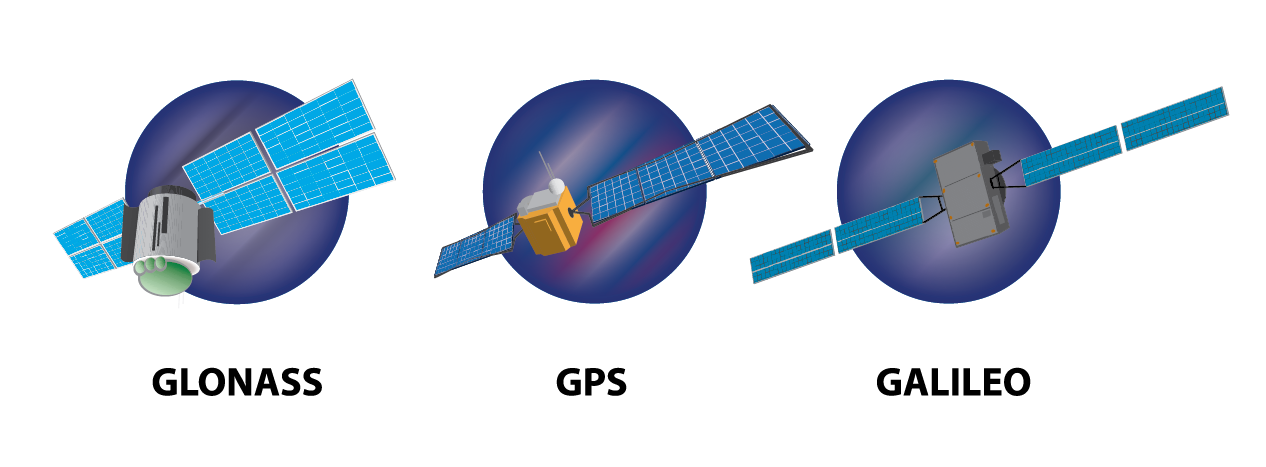 Humans have been practicing navigation for thousands of years using the sun, moon, stars, and later, the sextant. GPS was an advancement of the 20th century made possible by space-age technology. GPS technology has been used globally throughout history. The launch of Russia’s Sputnik I satellite in 1957 ushered in the possibility of geolocation capabilities and soon after, the U.S. Department of Defense began using it for submarine navigation.
Humans have been practicing navigation for thousands of years using the sun, moon, stars, and later, the sextant. GPS was an advancement of the 20th century made possible by space-age technology. GPS technology has been used globally throughout history. The launch of Russia’s Sputnik I satellite in 1957 ushered in the possibility of geolocation capabilities and soon after, the U.S. Department of Defense began using it for submarine navigation.
Global Navigation Satellite Systems (GNSS)
A GPS is considered to be a Global Navigation Satellite System (GNSS) — meaning it is a satellite navigation system with global coverage. As of 2020, there are two fully operational global navigation satellite systems: the U.S. navigation signal timing and ranging (NAVSTAR) GPS and Russia’s Global Navigation Satellite System (GLONASS). The NAVSTAR GPS consists of 32 satellites owned by the U.S. and is the best-known and most widely-utilised satellite system. Russia’s GLONASS consists of 24 operational satellites with three remaining as spares or in testing.
Other countries are also racing to catch up. The EU, for example, has been working on Galileo, which is expected to reach full operation capacity by the end of 2020. China is also building the BeiDou Navigation Satellite System, with 35 satellites planned to be in orbit by May 2020. Japan and India are also well on their way with their own regional systems, the Quasi-Zenith Satellite System (QZSS) and the Indian Regional Navigation Satellite System (IRNSS), respectively.GPS vs GNSS Devices
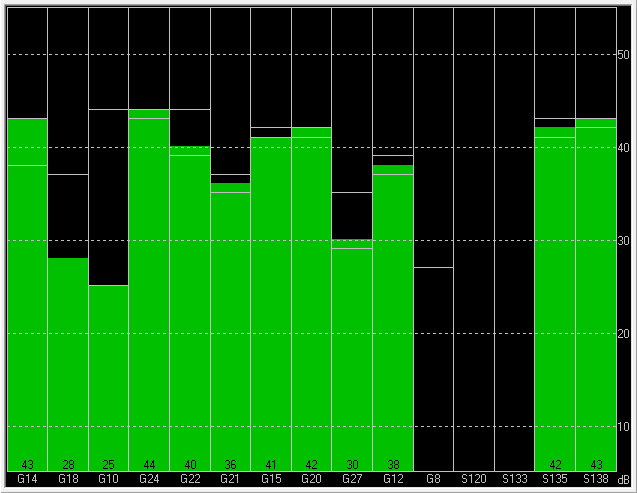 Though GPS is a subset of GNSS, receivers are differentiated as GPS (meaning GPS-only) or GNSS. A GPS receiver is only capable of reading information from satellites in the GPS satellite network, while the typical GNSS device can receive information from both GPS and GLONASS (or more than these two systems) at a time.
Though GPS is a subset of GNSS, receivers are differentiated as GPS (meaning GPS-only) or GNSS. A GPS receiver is only capable of reading information from satellites in the GPS satellite network, while the typical GNSS device can receive information from both GPS and GLONASS (or more than these two systems) at a time.
Typical GPS-only test board showing 12 satellite signals (green), using U-Center software.
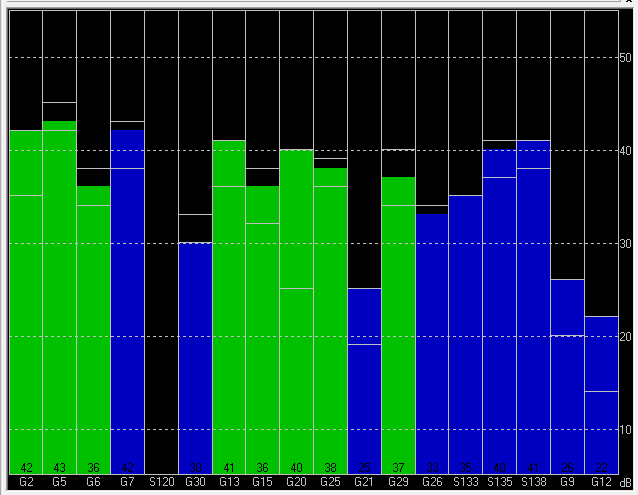 A GNSS device can see more satellites, which helps improve device accuracy. In the chart below, there are 17 available satellites. Green bars are part of GPS and blue bars are part of GLONASS.
A GNSS device can see more satellites, which helps improve device accuracy. In the chart below, there are 17 available satellites. Green bars are part of GPS and blue bars are part of GLONASS.
Typical GNSS test board showing 17 satellite signals (GPS = green; GLONASS = blue), using U-Center software.
A larger number of satellites providing information to a receiver enables the GPS device to calculate location with greater precision. More satellites give a device a better chance of getting a positional fix when the receiver has calculated the location of the user. That being said, GNSS receivers have some drawbacks:- The cost of GNSS chips are higher than those of GPS devices.
- GNSS uses a wider bandwidth (1559-1610 MHz) than GPS (1559-1591 MHz).This means standard GPS radio frequency components, such as antennas, filters and amplifiers, cannot be used for GNSS receivers, resulting in a greater cost impact.
- Power consumption would be slightly higher than with GPS receivers as it connects to more satellites and runs the calculations to determine location.
Countries continue to build and make improvements to their GPS systems. Efforts worldwide are being made to increase accuracy and improve reliability and GPS capabilities. The future of GPS tracking will likely be far more accurate and effective for both personal and business use.FUTURE OF GPS
- GNSS receivers are expected to become smaller - more accurate and more efficient, and GNSS technology is set to penetrate even the most cost-sensitive GPS applications.
- Natural Disaster Prevention and Analysis - Scientists and rescue workers are finding new ways to use GPS technology in natural disaster prevention and analysis in the event of an earthquake, volcanic eruption, sinkhole or avalanche. For the COVID-19 pandemic, researchers are looking at using cellphone location data to assist with contact tracing in order to slow down the spread of the virus.
 Increased Accuracy of GPS - The launch of new GPS III satellites will refine GPS accuracy to 1-3 meters, improve navigation abilities, and longer-lasting components as early as 2023. By broadcasting on the L1C civilian signal for interoperability with other satellite systems. Countries continue to build and make improvements to their GPS systems. Efforts worldwide are being made to increase accuracy and improve reliability and GPS capabilities. The future of GPS tracking will likely be far more accurate and effective for both personal and business use.
Increased Accuracy of GPS - The launch of new GPS III satellites will refine GPS accuracy to 1-3 meters, improve navigation abilities, and longer-lasting components as early as 2023. By broadcasting on the L1C civilian signal for interoperability with other satellite systems. Countries continue to build and make improvements to their GPS systems. Efforts worldwide are being made to increase accuracy and improve reliability and GPS capabilities. The future of GPS tracking will likely be far more accurate and effective for both personal and business use.
- Next Generation GPS Satellites - The next generation of GPS satellites will include better signal protection, decreased susceptibility to signal jamming and more maneuverability to cover dead zones.
 Deep Space Atomic Clock - The National Aeronautics and Space Administration’s (NASA) Deep Space Atomic Clock is set to use a powerful onboard GPS satellite to help provide better consistency in time for future astronauts embarking on deep space journeys. While GPS was developed for terrestrial navigation, it turns out those same GPS signals can be used by spacecraft as far away as the moon and while in early transit to and from Mars.While GPS signals are beamed directly at the earth, some of those radio signals spill over and escape into space. “We live off the leftovers,” says Frank Bauer, retired division head for space navigation at NASA. “We live off the spill over of the main beam and any side lobes.” Bauer still works with NASA as a consultant. Bauer’s team figured out how to use those “leftovers.” “We developed a special GPS receiver,” Bauer says, explaining that a standard GPS receiver won’t work in space. NASA currently uses GPS in space to control the docking of payloads for the International Space Station, for accurate positioning of the GOES weather satellites, as well as for a number of scientific satellites.
Deep Space Atomic Clock - The National Aeronautics and Space Administration’s (NASA) Deep Space Atomic Clock is set to use a powerful onboard GPS satellite to help provide better consistency in time for future astronauts embarking on deep space journeys. While GPS was developed for terrestrial navigation, it turns out those same GPS signals can be used by spacecraft as far away as the moon and while in early transit to and from Mars.While GPS signals are beamed directly at the earth, some of those radio signals spill over and escape into space. “We live off the leftovers,” says Frank Bauer, retired division head for space navigation at NASA. “We live off the spill over of the main beam and any side lobes.” Bauer still works with NASA as a consultant. Bauer’s team figured out how to use those “leftovers.” “We developed a special GPS receiver,” Bauer says, explaining that a standard GPS receiver won’t work in space. NASA currently uses GPS in space to control the docking of payloads for the International Space Station, for accurate positioning of the GOES weather satellites, as well as for a number of scientific satellites.
 GPS At Risk: Delays in the operational control system are just one of the many risks to the promise of GPS. There’s also the possibility that GPS can be taken out of service by cyber-attackers, foreign governments, or even bureaucratic infighting."Acquisitions tend to be fairly troubled,” says Cristina Chaplain, director of contracting and national security acquisition for the U.S. Government Accountability Office. Chaplain oversees the GPS program for the U.S. Congress. There are management issues and manufacturing delays in making the satellites, she says. In addition, the U.S. Air Force needs to be able to maintain a minimum number of satellites and depend on the satellites outliving design life when it plans acquisitions.But there’s a second area of concern as well. “The second track is that space is becoming a dangerous place,” Chaplain says. Other countries could attempt to damage or destroy GPS satellites; both India and China have demonstrated the ability to take out orbiting satellites, she notes.However, an even more immediate threat is jamming of GPS signals, which doesn’t require an attack by another government, Chaplain says. In fact, flights at the Newark airport were recently interrupted when truckers, trying to confuse the GPS receivers used to track their rigs, used commercially available GPS jammers on the New Jersey Turnpike.
GPS At Risk: Delays in the operational control system are just one of the many risks to the promise of GPS. There’s also the possibility that GPS can be taken out of service by cyber-attackers, foreign governments, or even bureaucratic infighting."Acquisitions tend to be fairly troubled,” says Cristina Chaplain, director of contracting and national security acquisition for the U.S. Government Accountability Office. Chaplain oversees the GPS program for the U.S. Congress. There are management issues and manufacturing delays in making the satellites, she says. In addition, the U.S. Air Force needs to be able to maintain a minimum number of satellites and depend on the satellites outliving design life when it plans acquisitions.But there’s a second area of concern as well. “The second track is that space is becoming a dangerous place,” Chaplain says. Other countries could attempt to damage or destroy GPS satellites; both India and China have demonstrated the ability to take out orbiting satellites, she notes.However, an even more immediate threat is jamming of GPS signals, which doesn’t require an attack by another government, Chaplain says. In fact, flights at the Newark airport were recently interrupted when truckers, trying to confuse the GPS receivers used to track their rigs, used commercially available GPS jammers on the New Jersey Turnpike.








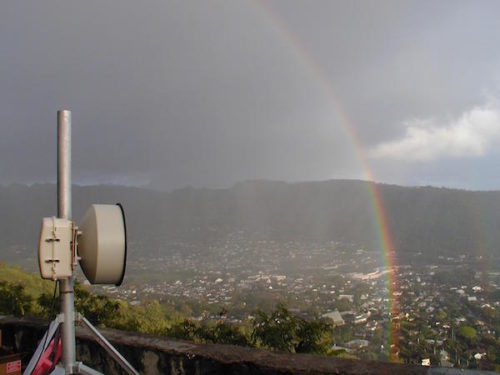
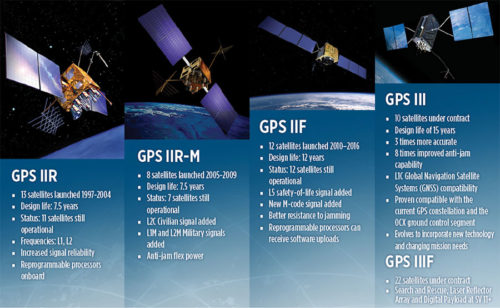 Increased Accuracy of GPS - The launch of new
Increased Accuracy of GPS - The launch of new 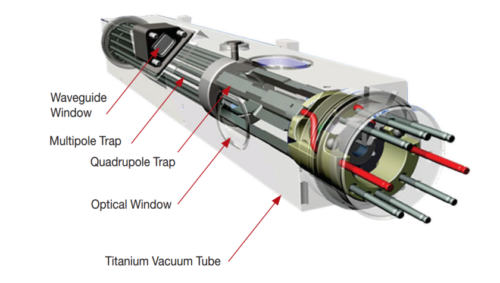 Deep Space Atomic Clock - The National Aeronautics and Space Administration’s (NASA)
Deep Space Atomic Clock - The National Aeronautics and Space Administration’s (NASA) 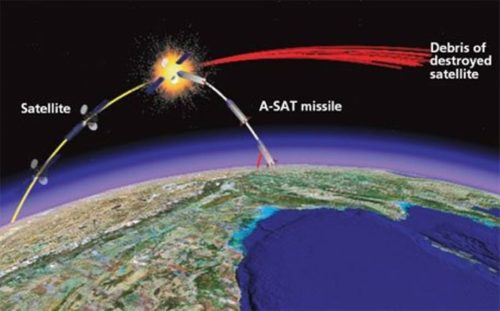 GPS At Risk: Delays in the operational control system are just one of the many risks to the promise of GPS. There’s also the possibility that GPS can be taken out of service by cyber-attackers, foreign governments, or even bureaucratic infighting."Acquisitions tend to be fairly troubled,” says Cristina Chaplain, director of contracting and national security acquisition for the U.S. Government Accountability Office. Chaplain oversees the GPS program for the U.S. Congress. There are management issues and manufacturing delays in making the satellites, she says. In addition, the U.S. Air Force needs to be able to maintain a minimum number of satellites and depend on the satellites outliving design life when it plans acquisitions.But there’s a second area of concern as well. “The second track is that
GPS At Risk: Delays in the operational control system are just one of the many risks to the promise of GPS. There’s also the possibility that GPS can be taken out of service by cyber-attackers, foreign governments, or even bureaucratic infighting."Acquisitions tend to be fairly troubled,” says Cristina Chaplain, director of contracting and national security acquisition for the U.S. Government Accountability Office. Chaplain oversees the GPS program for the U.S. Congress. There are management issues and manufacturing delays in making the satellites, she says. In addition, the U.S. Air Force needs to be able to maintain a minimum number of satellites and depend on the satellites outliving design life when it plans acquisitions.But there’s a second area of concern as well. “The second track is that 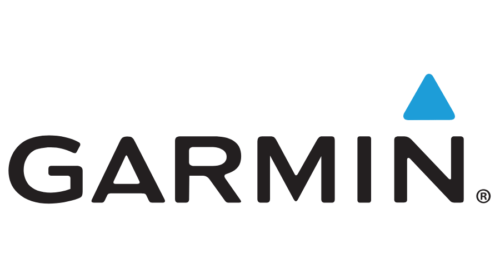
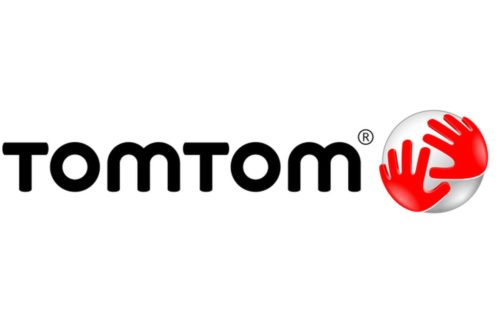
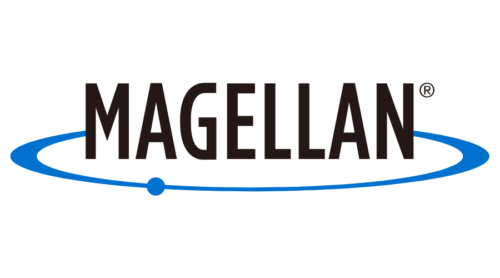

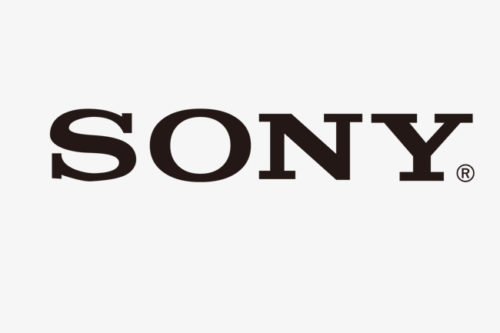




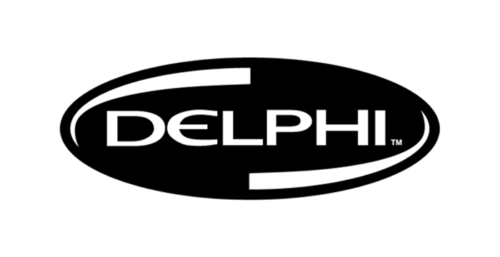

Leave a Reply